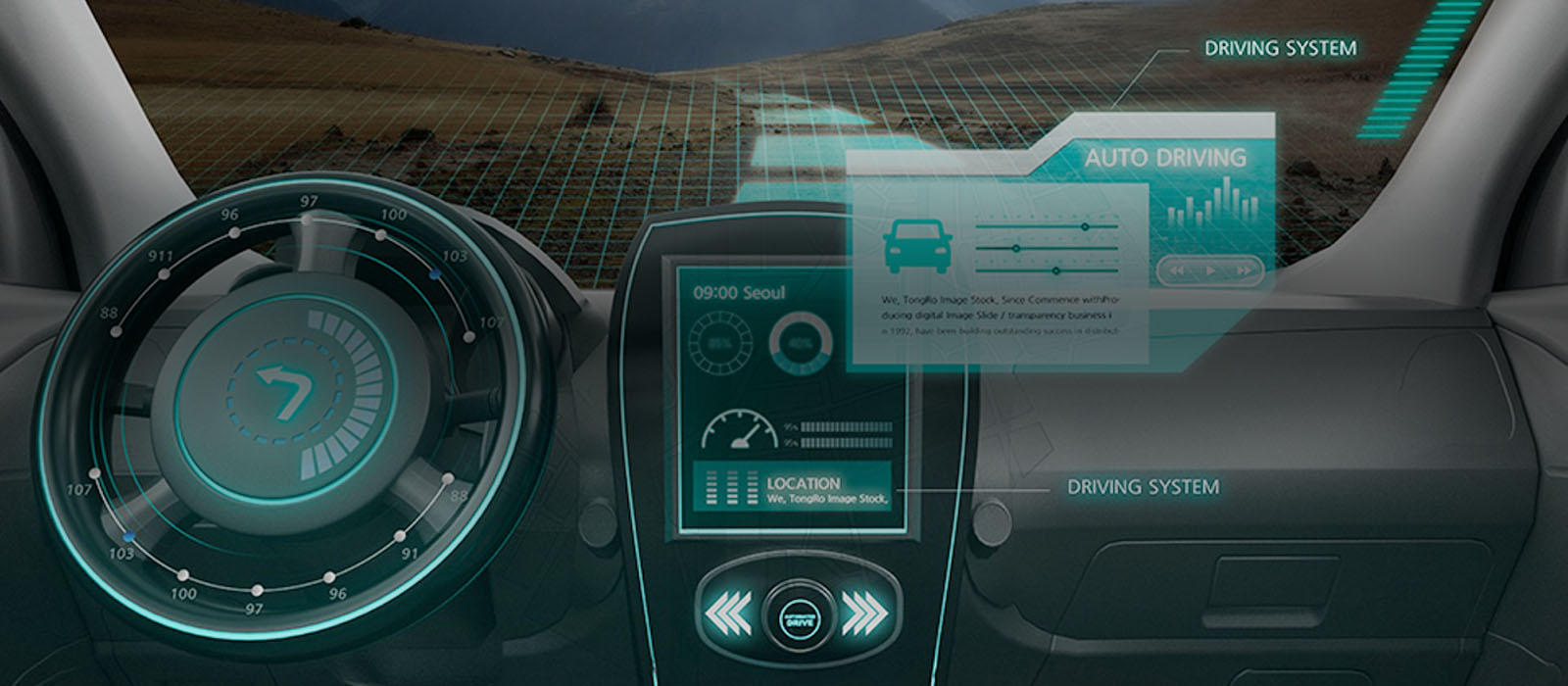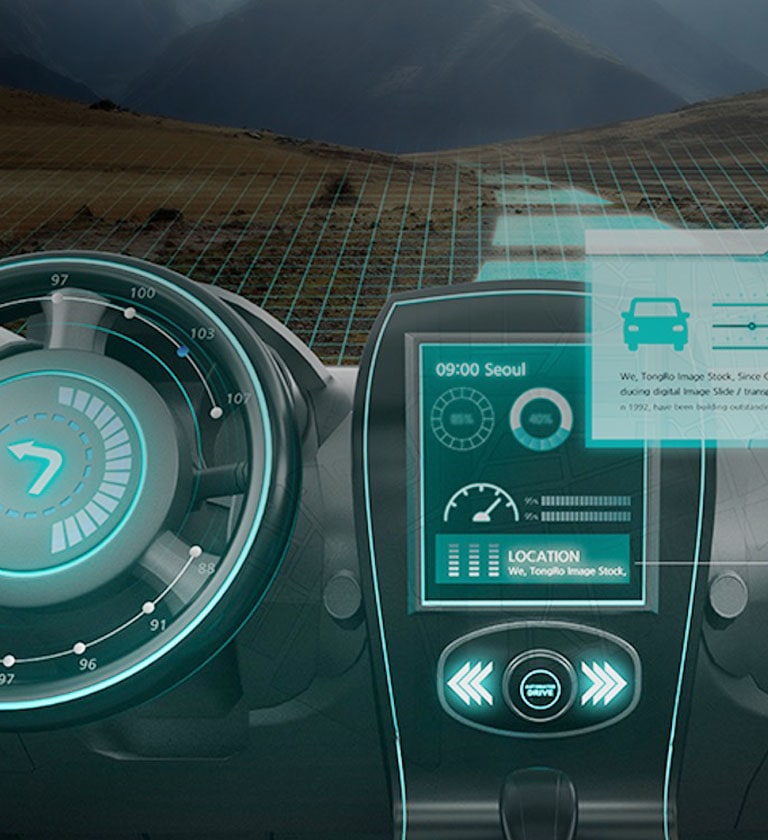

-
Smartphones have become close part of our lives when we talk to friends over the phone or messenger or watch a TV show on a video streaming platform. So which technology makes these possible? Communications. Most of what we do with smartphones wouldn't be possible without an internet connection. As you can see, communications technology, combined with different fields, make so many things possible.
The same applies to cars. Communication technology is what enables you to check the map, driving information, news, shop, make financial transactions on the move through the automotive displays. So, how do cars communicate with such services? The technology that connects cars to the Internet is called Telematics. And that's what we'll be talking about today.
-
What is 'Telematics'?


-
Telematics is a compound word made from telecommunication and informatics. It refers to the on-board communication device that connects the vehicle to the Internet. A car collects data from various systems including the mobile communications network, Global Positioning System (GPS), Location-based Services (LBS), and Intelligent Transportation System (ITS). Telematics analyzes the collected data and provides the necessary information to the driver.
Telematics technology is being recognizes as an important part of future automobiles. Now, let's take a look at the three reasons that make telematics so important.
-
1. Core technology for autonomous cars


-
Autonomous cars must be able to perform the role of the driver independently. As scholars say that completely autonomous driving is only possible when the data transmission/reception delay is less than 0.001 seconds, fast communications environment is essential for creating autonomous cars. That means we need telematics.


-
An autonomous car detects the surrounding traffic information, such as traffic information, traffic signals, other autonomous cars and conditions inside the vehicle, using cameras installed throughout the car. This information is then sent to the cloud and analyzed to achieve fully autonomous driving. Telematics is the technology that makes the detection, transmission, and analysis processes fast and accurate.
-
2. Real-time updates for cars


-
Have you ever heard the term 'OTA (Over The Air)'? OTA is a function that automatically updates the car's software via wireless communications. It reduces the need for service center visits for product replacement or repair, and can even add new services that weren't available at the time of purchase.
As the car evolves by itself in real-time, communication with servers that contain the data for the upgrade must be seamless so that the car can automatically check for and apply updates and menus as they become available. Telematics ensures this fast and accurate communication without errors.
-
3. Connecting all things via the internet


-
Today, most of the devices we use are connected to the Internet. From TVs, speakers, and cameras to appliances, these days, it's harder to find things that aren't connected to the Internet. As we have already experience how this connectivity makes our lives convenient, we trust and rely on communications even more.


-
The same applies to the automotive industry. That's why Connected Cars capable of accessing the Internet via Wi-Fi are on the rise. This makes it possible to share Internet connections with other devices inside and outside the car. And Telematics is what makes this possible.
From receiving traffic guidance to sending emergency rescue requests during accidents, tracking the locations of stolen vehicles, remote vehicle diagnosis, and sending large, high-resolution videos, Telematics is what makes it possible to achieve all the activities available through wireless communication with other devices in the car.
-
The excellence of LG Electronics' telematics technology is recognized in the global market


-
As we enter the era of 5G, we can enjoy a more diverse and differentiated experience in cars. 5G-based telematics offers a 33-times-faster data transfer rate and 10-times-faster response time than 4G LTE-based telematics. However, reliable telematics technology is the key to ensuring a stable 5G connection as well as the outstanding quality of services including autonomous driving, V2X (Vehicle to Everything, communication between the car and all objects) and Connected Car. That makes telematics an indispensable part for creating future automobiles.
And it's also why telematics-related markets are growing constantly. According to a study by the market research firm Strategy Analytics in last September, the telematics market is expected to reach $7 billion by 2025.


-
To prepare for the era of future automobiles, LG Electronics VS Division is focusing on telematics R&D. This began 5G-based telematics R&D in collaboration with Intel in 2016, and entered a 'Next-Generation Connected Car Solution Development Partnership' with Qualcomm in 2017.
LG Electronics also developed the telematics in GM's EV Chevrolet Bolt. And LG Electronics telematics is adopted by other global premium automakers as well.


-
Through relentless endeavors and technology developments, LG Electronics is leading the global telematics market. Recording a market share of 18.4% in 2020, LG has proven itself as true global player. And this trend is expected to continue this year. As the leader of the future automobile industry, LG Electronics' telematics will continue to advance forward.




